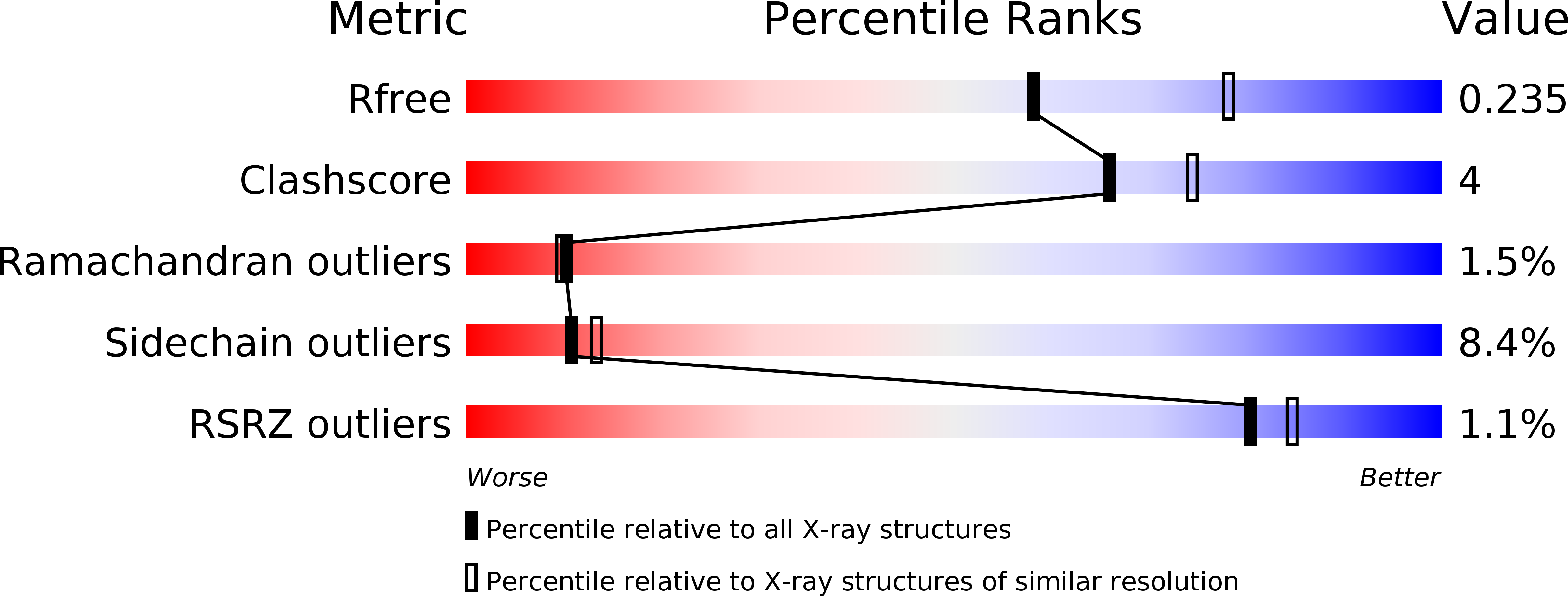
Deposition Date
2018-11-26
Release Date
2019-07-03
Last Version Date
2024-10-16
Entry Detail
PDB ID:
6N6B
Keywords:
Title:
The complex crystal structure of neuraminidase from A/Minnesota/11/2010 with B10 antibody.
Biological Source:
Source Organism:
Influenza A virus (A/Minnesota/11/2010(H3N2)) (Taxon ID: 1507381)
Mus musculus (Taxon ID: 10090)
Mus musculus (Taxon ID: 10090)
Host Organism:
Method Details:
Experimental Method:
Resolution:
2.30 Å
R-Value Free:
0.24
R-Value Work:
0.21
R-Value Observed:
0.22
Space Group:
I 4


